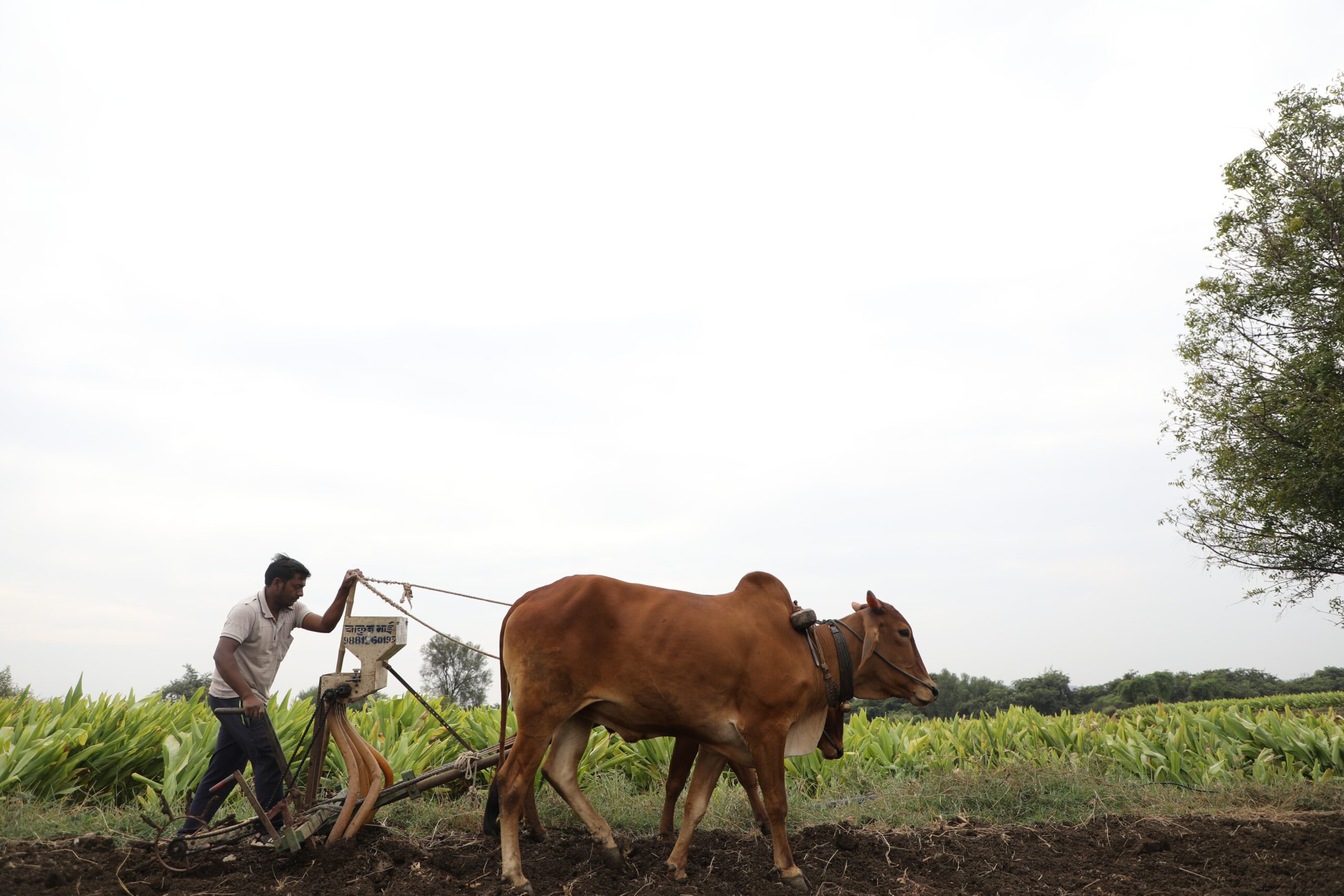Introduction
Agricultural tenancy in India, a vibrant and bustling sector, has long been mired in informality, an unintended consequence of well-intentioned post-independence laws. However, the state of Maharashtra, a standout in this landscape, has recently taken a daring leap forward. On June 27, 2023, it blew the dust off the Maharashtra Agricultural Land Leasing Act, 2017, and breathed life into it, heralding a transformative shift in its approach to land leasing. The enactment of this Act, based on the Model Land Leasing Bil 2016, is a momentous step that could be the rainbow after a storm for the countless tenant farmers shackled by the chains of informality.
The Enigma of Informality
According to official data, the formal leasing landscape in Maharashtra is akin to a desert, with a scant 0.01% of land formally leased. Step into the parallel world of the informal sector, however, and this figure bursts forth, a veritable Amazon rainforest swelling to a startling 5.90%—a 590-fold discrepancy. Within this nebulous realm, tenant farmers are adrift without a compass and deprived of critical lifelines like crop insurance, institutional credit, and support services.
Unintended Consequences of Post-Independence Laws
Post-independence India sought to create agricultural reforms with laws like the Maharashtra Tenancy and Agricultural Lands Act 1948 (MTAL) to protect vulnerable farmers. These laws sought to protect tenants by granting them the right to buy the land they lease at discounted rates and enforced rent ceilings. However, like opening Pandora’s Box, it unleashed a wave of unintended consequences. The onerous restrictions imposed by MTAL deterred formal leasing, driving tenants and landlords alike into the welcoming but shadowy arms of informal arrangements.
Awakening a Dormant Solution: The Model Land Leasing Bill, 2016
The Niti Aayog, recognizing the prevalence of informal tenancy across India and the legal hurdles causing them, introduced the Model Land Leasing Bill, 2016, a lighthouse beckoning the informal leases into the sunshine of formal recognition. Its goal is to sow the seeds for a robust formal land leasing ecosystem. But despite its potential to reshape the agricultural landscape, the bill languished, collecting dust as a mere model with no state daring to awaken it from slumber.
Maharashtra: The Torchbearer of Change
Maharashtra’s houses of government passed a modified version of the bill in 2017 called the Maharashtra Agricultural Land Leasing Act 2017. However, this bill was stuck in limbo, waiting for presidential approval for years. After a drawn-out hibernation, the President assented to the Maharashtra Agricultural Land Leasing Act, awakening it. This new law extends an olive branch to tenants and landlords, allowing them to carve rental agreements in stone, free from rent or duration constraints. This seismic shift alleviates landlords’ fear of land loss while offering tenant farmers a golden ticket to formal credit and insurance—a win-win scenario birthed by groundbreaking legislation.
The Ripple Effect of Reform
With its trailblazing step, Maharashtra has thrown a lifeline to the tenant farmers adrift in the stormy seas of informality. By embracing this progressive reform, the state stands poised to bring a wave of transformation that will ripple through the agricultural landscape:
1. Elevating Tenant Farmers: Armed with formal leases, tenant farmers can claim institutional credit and insurance, reinforcing their financial fortress against nature’s whims.
2. Stimulating Investment: The new law creates a fertile ground for landlords to sow investments into their lands, potentially reaping a harvest of improved agricultural practices and heightened productivity.
3. Quelling Land Disputes: With leases etched in black and white, disputes between landlords and tenants can be quelled, fostering peace and stability within rural communities.
4. Kindling Entrepreneurship: Secure land access kindles the entrepreneurial spirit of tenant farmers, potentially sparking innovation and investments that fuel rural economic growth.
5. Luring Private Investments: The allure of a formal land leasing system might prove irresistible to private investors, ushering in a wave of technological progress and overall sectoral growth.
Emulating Maharashtra’s Vanguardism
While Maharashtra’s groundbreaking move is a shining beacon, India’s agricultural tenancy challenges stretch beyond its borders. It’s high time other states followed in Maharashtra’s footsteps, carving their unique paths to reform. Only through this symphony of collective action can India shatter the glass ceiling of informality and unleash the dormant potential of its agricultural sector.
Conclusion
With the enactment of the Maharashtra Agricultural Land Leasing Act 2016, Maharashtra has penned a new chapter in its agricultural saga. This bold move towards formal land leasing could revolutionise the lives of countless tenant farmers and inject new vigour into the agricultural ecosystem. The road ahead is long and fraught with challenges, but Maharashtra’s bold stride illuminates the way. As other states tread this revolutionary path, the dawn of a new era for India’s agricultural sector, free from the bonds of informality, is on the horizon. And with it, the promise of prosperity and security for the many unsung heroes labouring on India’s fertile lands.
Read more: Scope for Multilingualism in South Asian School Education
Post Disclaimer
The opinions expressed in this essay are those of the authors. They do not purport to reflect the opinions or views of CCS.






